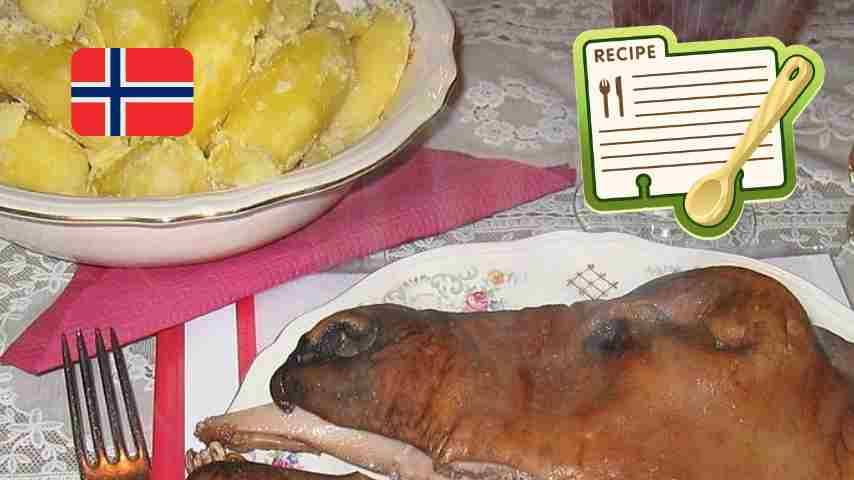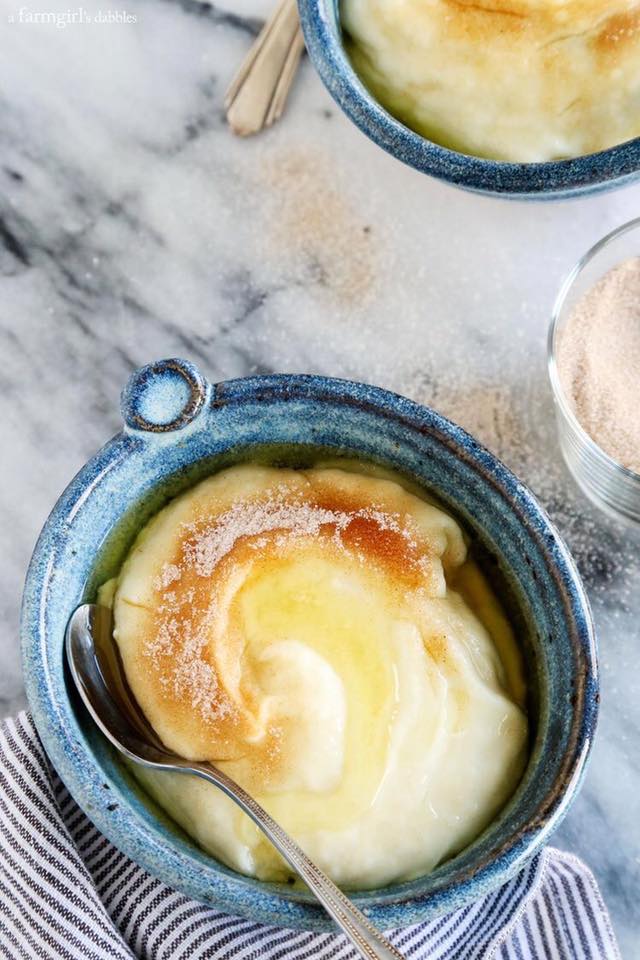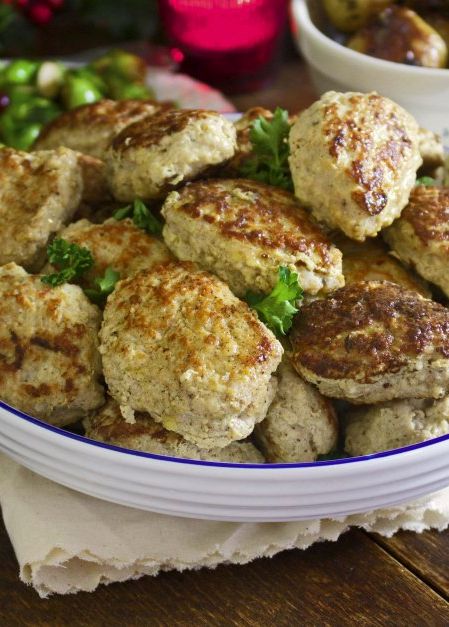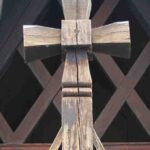Deeply rooted in Norwegian culinary traditions, Smalahove, also known as Sheep’s Head, stands as a time-honored dish that represents the rich cultural heritage of Norway. Though it may seem unconventional to some, Smalahove has been a cherished delicacy in the country for centuries, particularly during the festive season of Christmas. In this article, we will delve into the history and preparation of Smalahove, accompanied by the perfect side dishes of rutabaga and potatoes that complete this authentic Norwegian dining experience.
A Peek into Smalahove’s Origins:
Smalahove traces its origins back to the remote mountainous regions of Western Norway, where sheep farming has been a vital aspect of rural life for centuries. Historically, Smalahove was a practical way to utilize the entire sheep, ensuring no part went to waste. Today, this traditional dish is revered as a symbol of Norway’s strong connection to its agricultural roots and the preservation of cultural heritage.
Smalahove – The Preparation:
Preparing Smalahove is an intricate process that requires skilled hands and adherence to age-old traditions. The sheep’s head is first thoroughly cleaned, singed to remove hair, and then soaked in water to soften the skin. It is then salted and dried for preservation before cooking. The head is typically split in half and boiled until the meat is tender and succulent.
Serving Smalahove with Rutabaga & Potatoes:
Smalahove is traditionally served as the centerpiece of a festive Norwegian meal. Accompanying side dishes of rutabaga and potatoes complement the rich flavors of the sheep’s head, enhancing the overall dining experience. Rutabaga, a sweet and earthy root vegetable, is often boiled and mashed, while potatoes are prepared in various ways – boiled, mashed, or roasted – to offer a delightful variety of textures and tastes.
The Smalahove Experience:
Partaking in a Smalahove feast is a cultural experience like no other. As the centerpiece of a celebratory gathering, the presentation of the sheep’s head, with its distinctive appearance, evokes both curiosity and reverence. Guests are encouraged to embrace the traditions and flavors of this unique dish, appreciating its historical significance and the skills of those who preserve its preparation.
Preserving Norwegian Heritage:
Despite its declining popularity due to the challenging preparation process, Smalahove continues to hold a special place in Norwegian hearts. Its significance extends beyond a mere meal; it represents the resilience of rural traditions and reflects the nation’s pride in preserving its cultural heritage. Local festivals and celebrations often feature Smalahove, keeping the tradition alive and introducing it to a new generation.
Recipe: Smalahove (Sheep’s Head) with Rutabaga & Potatoes
Ingredients:
- 1 Smalahove (Sheep’s Head), cleaned and prepared
- Water, for boiling
- Salt, for seasoning
- 1 large rutabaga (swede), peeled and cut into chunks
- 4-6 large potatoes, peeled and cut into chunks
- 4 tablespoons butter
- Freshly ground black pepper, to taste
Instructions:
- Preparing the Smalahove:
- Rinse the sheep’s head thoroughly under cold running water, ensuring it is clean and free from any remaining hair.
- Use a kitchen torch or open flame to carefully singe the skin of the head, removing any remaining hair.
- Soak the cleaned sheep’s head in cold water for a few hours to soften the skin.
- After soaking, sprinkle the head with a generous amount of salt, making sure to season all surfaces.
- Hang the sheep’s head in a cool and dry place for several days to dry and preserve it.
- Cooking the Smalahove:
- In a large pot, bring water to a boil and add the dried and salted sheep’s head.
- Reduce the heat to a gentle simmer and cook the head for about 3-4 hours or until the meat is tender and easily pulls away from the bone.
- Once cooked, remove the sheep’s head from the pot and place it on a serving platter.
- Preparing the Rutabaga & Potatoes:
- In a separate pot, bring water to a boil and add the chunks of rutabaga.
- Cook the rutabaga for about 15-20 minutes or until it is soft and can be easily mashed with a fork.
- In another pot, add the potato chunks and cover them with water. Bring to a boil and cook until the potatoes are tender, about 15 minutes.
- Drain the rutabaga and potatoes separately.
- Mashing the Rutabaga & Potatoes:
- In a bowl, mash the cooked rutabaga using a fork or potato masher.
- Add 2 tablespoons of butter to the mashed rutabaga and season with salt and freshly ground black pepper. Mix well.
- In a separate bowl, mash the cooked potatoes.
- Add the remaining 2 tablespoons of butter to the mashed potatoes and season with salt and freshly ground black pepper. Mix thoroughly until smooth and creamy.
- Serving the Smalahove with Rutabaga & Potatoes:
- To serve, place a portion of the mashed rutabaga and mashed potatoes on individual plates.
- Carefully carve and divide the tender meat from the sheep’s head, arranging it alongside the rutabaga and potatoes.
- Garnish with a sprinkle of freshly ground black pepper, if desired.
- Enjoying the Smalahove Feast:
- Embrace the Norwegian tradition and gather around the table with friends and family to enjoy this unique and hearty meal.
- Savor the flavors of Smalahove, rutabaga, and potatoes, as you create lasting memories while honoring Norway’s rich culinary heritage.
Note: Preparing Smalahove is a complex and time-consuming process, and it may not be readily available in all locations. If you wish to experience this traditional Norwegian delicacy, consider seeking local restaurants or events that specialize in traditional Norwegian cuisine.





















Trackbacks/Pingbacks